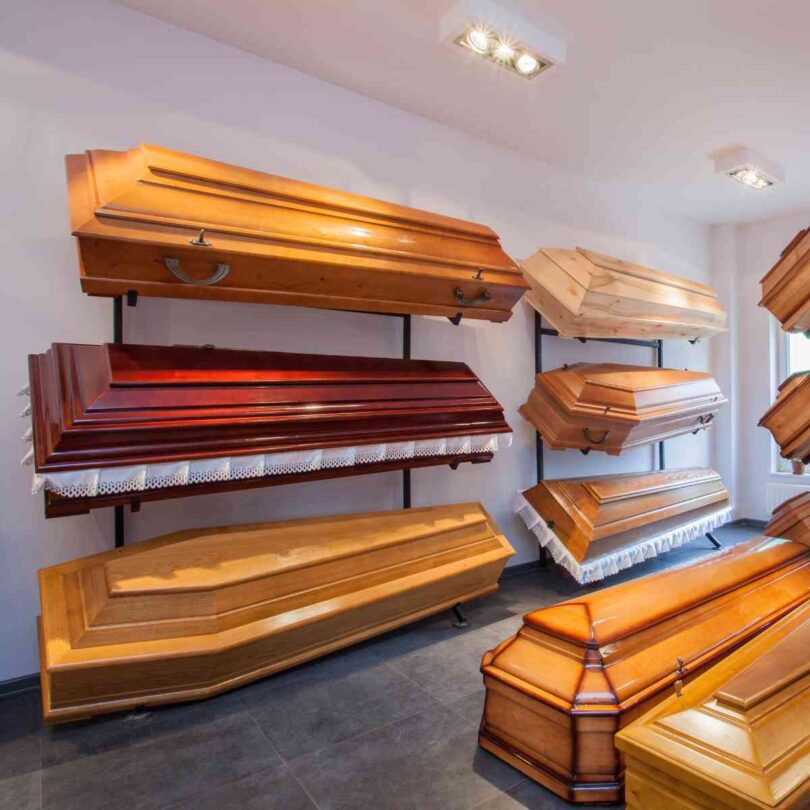As we go through the process of planning our own funeral and laying our loved ones to rest, we often come across the terms “casket” and “coffin.” While many consider these words interchangeable, there is a difference between both words. Let’s take a closer look at the differences of a coffin and a casket, and how history and culture has influenced it. Follow along as we shed some light on what sets these burial containers apart.
Coffins and Caskets in Historical Context
Some historical context can help solve the question of whether there is a difference between a coffin and a casket. Coffins have a rich history that spans thousands of years, with their designs primarily driven by materials and practicality rather than comfort. Initially, they were simple boxes used as a solemn final resting place. However, as time progressed, more intricate and elaborate carvings became common, adding a touch of artistry to these somber vessels.
When Did Caskets Come Around?
It was not until the 1800s that caskets, characterized by their rectangular shape and hinged lids, became popular in the United States. Caskets emerged during the American Civil War, where they were the preferred transportation method for fallen soldiers.
While practicality played a significant role in the preference for caskets, visual appeal also became a crucial factor in the general public’s inclination toward them over coffins. The desire for visually appealing caskets increased as people looked to honor their loved ones with a final resting place that reflected their individuality and provided a sense of dignity.
The evolution of coffins to caskets highlights the convergence of practicality and aesthetics, showing the human desire to pay tribute to the departed in a meaningful and visually captivating manner.
Cultural Differences in Burial Practices
Choosing between a coffin and a casket can explain the deep cultural and regional differences in funeral rites. In Western cultures, the casket has become the norm, often emphasizing its design and finish. It’s considered a more “modern” way of burying the dead.
Conversely, many Eastern cultures still predominantly use coffins, considering them to be in closer harmony with nature and the body’s return to it. This emphasis on simplicity and natural materials such as wood signifies respect for the environment and the life cycle.
Design and Usage
The most significant factor that shaped these containers was cultural differences. When examining the evolution of casket design, one can see how caskets, characterized by their rectangular shape and modern finishes, reflect Western industrialization and the aesthetics it holds dear. In contrast, coffins, with their more organic shape and materials, align with a nature-oriented worldview.
Choosing between a coffin and a casket extends beyond mere function or aesthetics. It encompasses the values and traditions of the communities they serve. And understanding its purpose is one way to help prepare for passing on. Whether you should choose a coffin or casket depends on your preferences. Knowing these variations can help us appreciate the diversity in how we honor the departed and find comfort in a choice that feels right for us and our loved ones.








